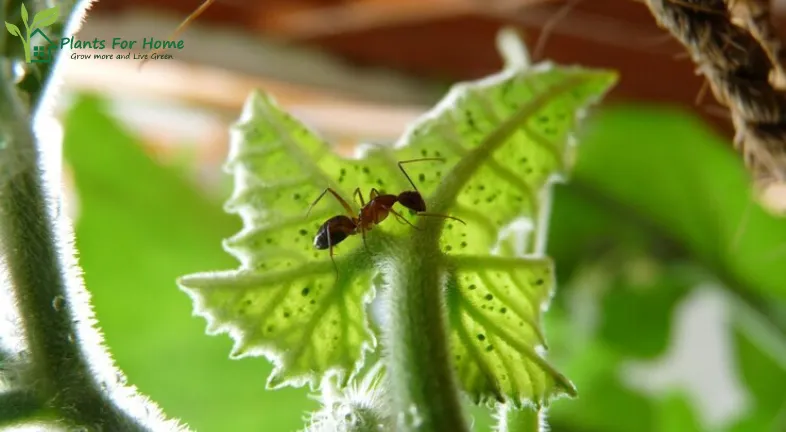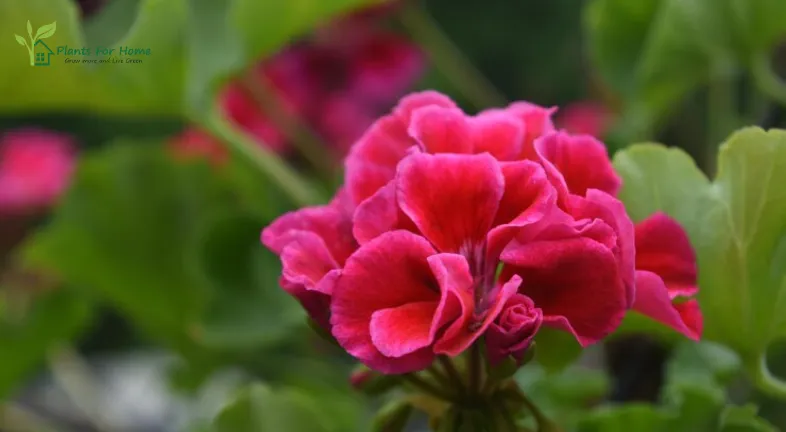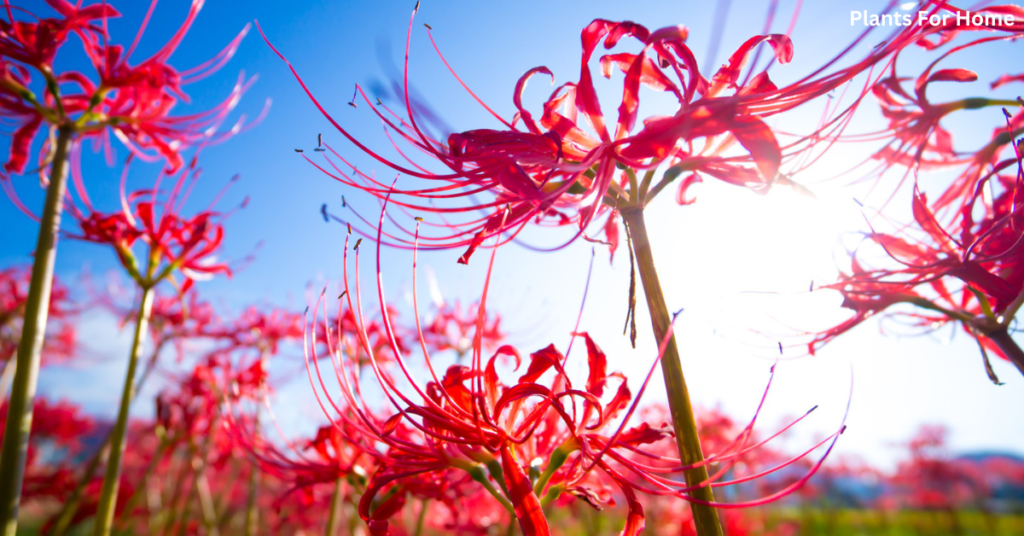
The botanical name Hymenocallis littoralis, also referred to as the beach spider lily, is a member of the Amaryllidaceae family, which includes toxic leaves, blooms, and bulbs. Amaryllidaceae alkaloids, including tazettine and lycorine, as well as other hazardous plant alkaloids, are considered harmful components.
The beach spider lily, or Hymenocallis littoralis, is a species of plant belonging to the Amaryllis family (Amallidaceae). It is a commonly grown and naturally occurring plant in many tropical nations, although it is native to the warmer coastal parts of Latin America.
The leaves have a sharp apex and are somewhat folded along the midrib. The strong, flattened stem bears large white blooms. Four petal-like, linear sepals, funnel-shaped fused petals, six long stamens with yellow anthers, and one long stigma with a spherical apex make up a flower.
The 30-to 70-cm-tall Beach Spider Lily plant has slender, sword-shaped leaves. Each fragrant white umbel of flowers has elongated filaments that emerge from a central cup and thin, recurved petals. The floral tube has six segments that are joined at the base by a thin membrane cup of corona. It is at least 14–17 cm long. The blooms are produced in clusters of two to twelve on a stalk that extends about two feet from the center of the leaves. Because of the petal’s resemblance to spider legs, the plant is known as a spiderlily. In 4-5 days, the blossoms unfold one by one. The plant blooms all year round, and its sword-shaped leaves measure roughly 4-5 cm in width.
Native to Mexico, northern Peru, and Brazil, beach spider lilies are extensively grown across the tropical world.
Hardy, low-lying, glossy tropical border edging/feature plant with gorgeous, huge, vanilla- scented white blooms and dark green, strappy foliage. Evergreen decorative specimen that thrives in potted or aquatic environments with rich, well-drained soils and full sun to partial shade. Once planted, hardy and tolerant to coastal conditions. Excellent option for understory plantings that requires little upkeep. Large-scale planting is best. 0.7M
- Accent
- Filler and Screening
- Aromatic Flowers
- Shrubs with Moderate Water Content
An annual herbaceous plant that grows along the coast is called Hymenocallis littoralis. It can be cultivated both indoors and outside. The long, spoon-shaped leaves of the Hymenocallis littoralis plant have a serrated edge. Hymenocallis littoralis can be grown indoors, but before you do, make sure the plant has no dead leaves.
What scent do spider lilies have? Flowers from this perennial bulb have a gentle scent and don’t hurt. Its slender, curled petals provide a landscape a striking texture and exotic charm. An added plus is the blossoms’s delicate, sweet scent.
As a floral remembrance of the deceased, spiderlilies are frequently placed on graves. Given their connection to the deceased, spiderlilies are seen to be unfortunate, and receiving a bouquet of them as a gift is unthinkable.
Its roots are used to cure children’s neurological ailments, swellings, and ulcers. The bulb can be used as a plaster to heal burns and scalds and is also used as a countermeasure against toxins. Alkaloids linked to antibacterial, antiviral, and anticancer effects are also present in red spider flower.
Spider lilies welcome the recently departed spirits as they flourish along the Sanzu River’s banks. Diyu, also known as hell or the land of the dead, is described in another Buddhist classic, the Lotus Sutra, as having red spider lilies growing there as a road that guides spirits to their next rebirth.
The beach spider lily, or Hymenocallis littoralis, is a species of plant belonging to the Amaryllis family (Amallidaceae)- Scientific name.
Hymenocallis littoralis can be grown indoors, but before you do, make sure the plant has no dead leaves. Next, add soil to your container until it reaches a depth of around 2 inches. In order to plant Hymenocallis littoralis, you must first clear the soil of any stones and other debris.
Spider lilies can also be cultivated inside, much like amaryllis bulbs are. All you need is a big enough container and a grow lamp or window that gets plenty of light.
How to Induce Blooming Spider Lilies:
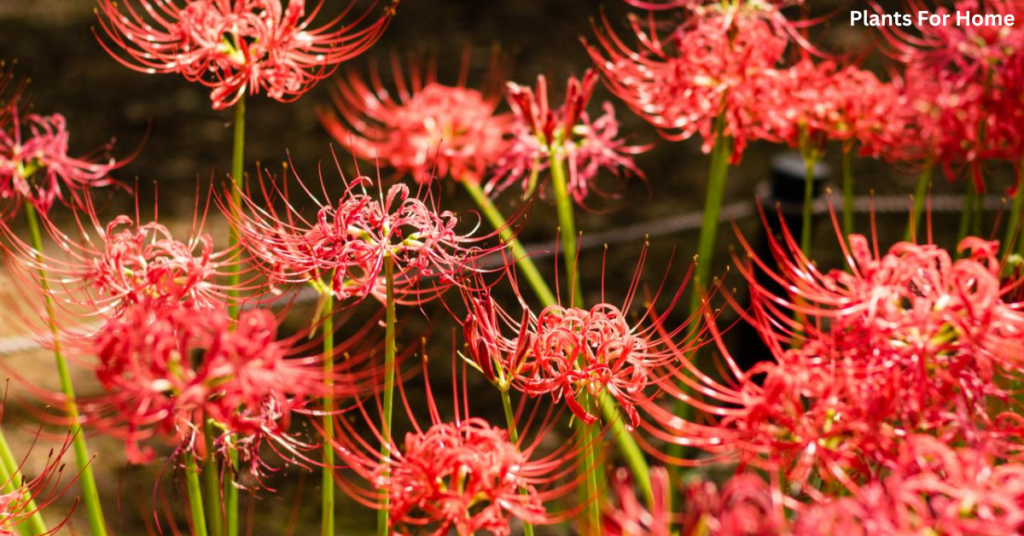
If the requirements for their growth are met, spider lilies should blossom quickly. When a bulb is planted too deeply or is facing the incorrect direction, it frequently produces an inadequate amount of flowers. Blooming requires that pointy tip to be just above the soil line.
In late summer or early autumn, the bare flower stalks will appear and expand rapidly. Removing the spent blooms or deadheading is not necessary. However, it might aid in encouraging more blossoming. In general, a few weeks should pass before the blossoming begins.
Spider Lily Potting and Repotting:
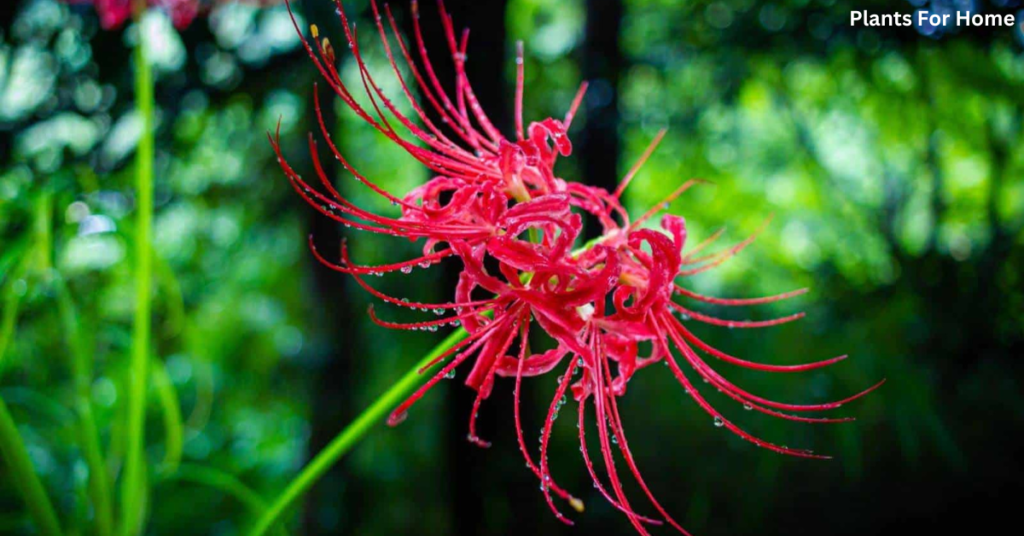
It is possible to grow spider lilies in containers, but the containers need to be big enough to fit
their wide root system. Choose a container with a minimum width and depth of 12 inches. It
must to have lots of drainage holes as well. The best kind of clay is unglazed clay because it will
let excess soil moisture escape through its walls and keep the bulb from decaying.
Because spider lilies dislike having their roots disturbed, start with a large container to avoid
having to repot.
Overwintering:
To assist insulate the bulbs, you may wish to apply a layer of mulch around your plants throughout the winter months if you dwell in the coldest regions of the spider lily growth zones.
Growing Spider Lilies:
Over time, robust spider lilies will grow into clusters. Therefore, after your plants are a few years old, the best approach to propagate them is by division. As soon as a clump turns dormant in the early summer, make plans to divide it. Dividing not only gives you fresh plants that you can find elsewhere, but it also keeps clumps from getting too crowded and weakening. How to do it is as follows:
- To help the soil loosen, water the bulbs.
- Remove the bulbs with care.
- Replant the bulbs in their proper locations after separating them.
CONCLUSION:
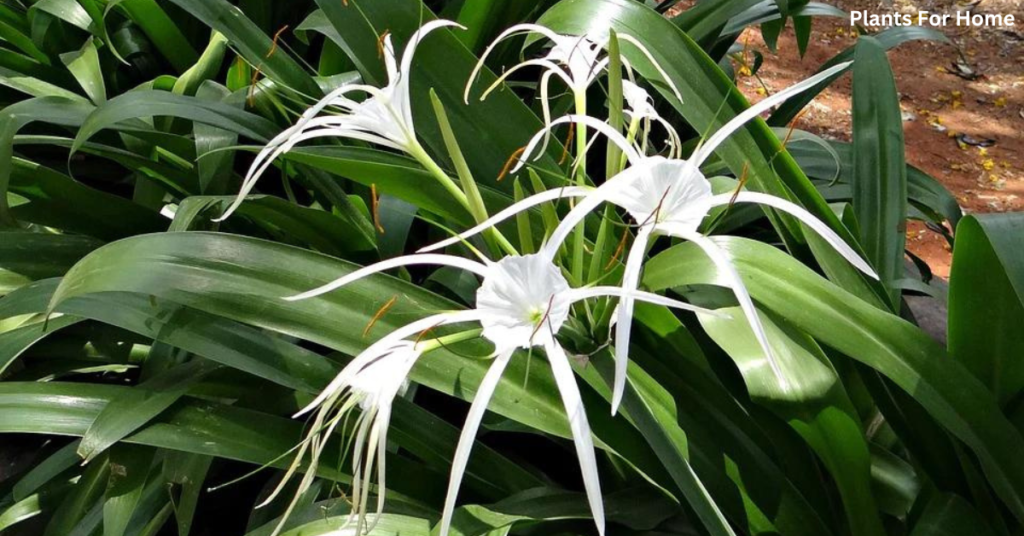
Anywhere you plant spider lilies, adequate soil drainage is a must. It also needs to be in a reasonably sunny area. When spring and summer blooms have faded, the bulbs can be used to fill in empty spaces in garden beds.
Spider lilies can also be cultivated inside, much like amaryllis bulbs are. All you need is a big enough container and a grow lamp or window that gets plenty of light.
When their needs for soil, moisture, and light are satisfied, spider lilies rarely have problems. They are not impervious to developing issues, either.




